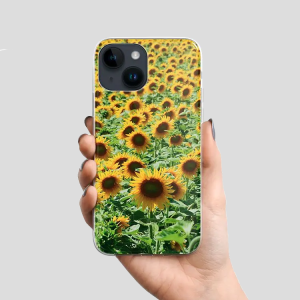
Your cart is currently empty!
Showing 1–12 of 23 results












Sizing can be tricky. If your knuckle's larger than the base of your finger, split the difference between two sizes. You need a fit that slides on smoothly but stays put. So, take two measurements and meet somewhere in the middle.
| US Ring Size | Inner Diameter (mm) |
|---|---|
| 2 | 13.3 |
| 2.5 | 13.7 |
| 3 | 14.1 |
| 3.5 | 14.5 |
| 4 | 14.9 |
| 4.5 | 15.3 |
| 5 | 15.7 |
| 5.5 | 16.1 |
| 6 | 16.5 |
| 6.5 | 16.9 |
| 7 | 17.3 |
| 7.5 | 17.7 |
| 8 | 18.1 |
| 8.5 | 18.5 |
| 9 | 19 |
| 9.5 | 19.4 |
| 10 | 19.8 |
It can be challenging to decide between the two. The choice is highly individual. To make it easier, we have illustrated different facts that separate the two options.
Lab-grown diamons
Natural diamond
The first decision you should make when buying a diamond is what kind of cut (shape) you want on the diamond. Many people prefer a classic round diamond, while others prefer a more unusual shape such as radiant cut or marquise. All shapes have their advantages and disadvantages.
There are some things you should take into account about the different cuts. Round diamonds are more forgiving, meaning you can reduce both clarity and color without significantly affecting the visual experience. This shape also sparkles the most. If you want to go down a bit in price, but still keep the round look, then you should choose an oval or cushion cut diamond. These are reminiscent of the round diamond.
A very flexible cut is the radiant, which covers edges well, and thus can reduce the clarity slightly. Unlike radiants, emerald cuts are more sensitive to visible wear. There you should carefully examine where inclusions are placed. The same applies to the popular princess cut. Since the large facet in the center of the stone is larger in these two cuts than the others, it should be checked that there are no visible inclusions, as it detracts from the visual experience.
Approximate distribution of popularity: